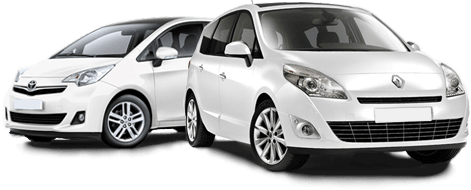Car Hire in St. Albans | Book at Unbeatable Prices

Compare Prices and Book from the Top Car Rentals






Car Hire in St. Albans
Immerse Yourself in the Rich Roman Heritage and Stunning Natural Beauty of St. Albans

Widely known for its Roman heritage and stunning architecture, St. Albans is a historic gem nestled in the heart of Hertfordshire, England. This charming city offers a plethora of attractions, from its 15th-century clock tower, to its magnificent medieval abbey-turned-cathedral, the Cathedral and Abbey Church of St. Alban.
Perfectly positioned just a 35-minute drive from central London, hiring a car and exploring St. Albans makes for an adventurous and memorable day trip out of the bustling capital city. Providing a serene escape from the city crowd, the city and its surrounding areas have so much to offer. Relax in the beautiful green spaces that the Verulamium Park has to offer, or delve into history at the Verulamium Museum, built atop an ancient Roman city.
Driving a little further out on the A5, you'll find the stunning Chiltern Hills, an area of outstanding natural beauty. Featuring traditional English villages and sweeping landscapes, this journey offers an enchanting backdrop of the British countryside. Remember, you're driving on the left, so be aware and soak in the beautiful sights at your own pace.





